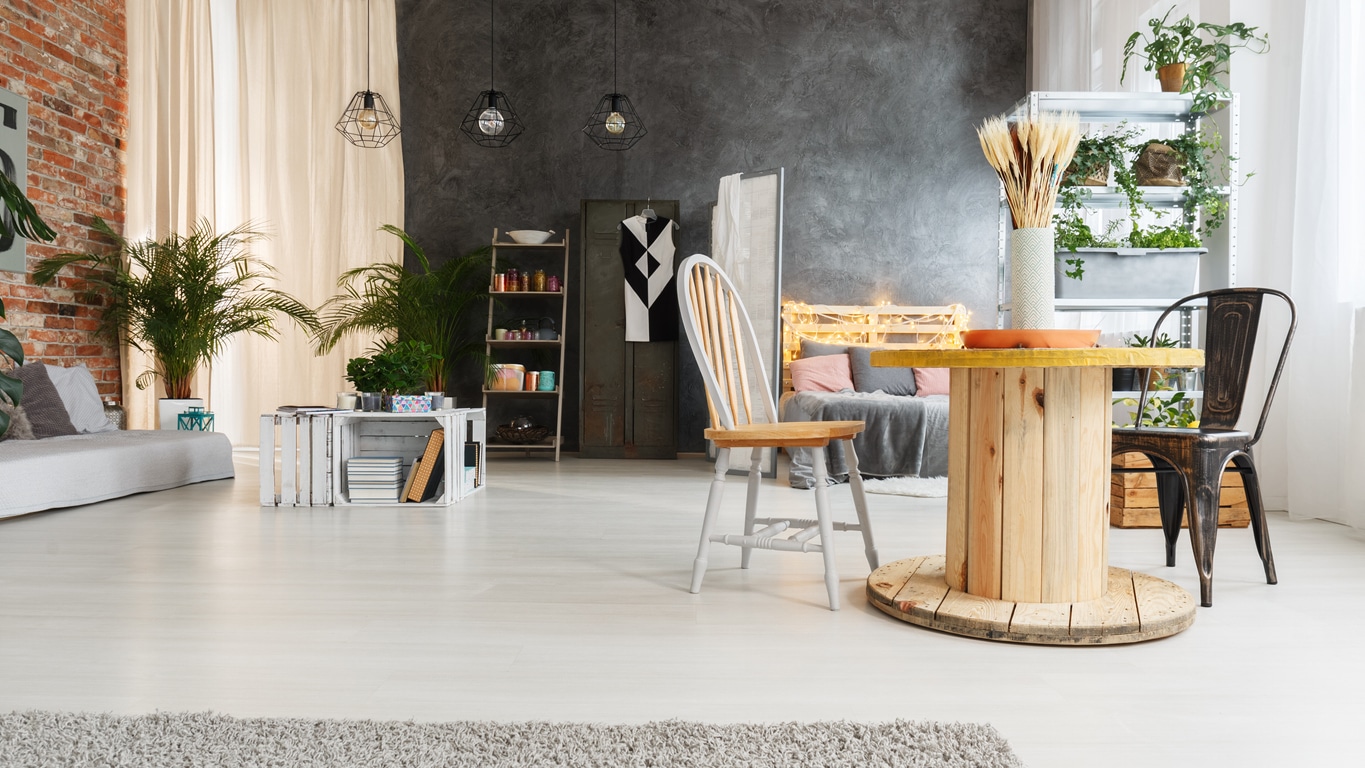
4 Key, Eco-Friendly Practices for You and Your Home in 2023

The new year is always a great time to make changes to your lifestyle and adopt some eco-friendly practices. Normally, this involves resolutions for health and fitness, or personal growth, but perhaps this year we should cast the net a little wider. If you, like so many others, are worried about the effects of climate change, why not take some personal responsibility and start living more sustainably? After all, if everyone considered the planet in their day-to-day habits, even just a little bit, we would be in a better place.
With that in mind, we’ve put together some key practices and behaviors you can implement in your home. Just make sure you follow the golden rules of embedding new habits – take it slowly and make one change at a time – to maximize your chances of success.
1. Make Your Home Energy Efficient
There has been a lot of talk about energy efficiency in the home, and there’s really no reason why each of us can’t make at least some improvements on that front. If you have the budget, install renewable technologies such as ground source or air source heat pumps to heat your home, or solar PV installations to generate your own electricity. You’ll be reducing your energy consumption and, crucially, lowering your bills. You’ll also be reducing your carbon emissions, which will help care for the planet, cutting down our reliance on polluting fossil fuels and saving wildlife habitats.
If a change of heating system is beyond your budget, there are lots of other, cheaper ways to make your home more energy efficient. Top up your loft insulation, add cavity wall insulation and draft proof your doors and windows, even if they’re double-glazed. You’ll notice your home is not only a cozier place to spend time, but cheaper to keep it that way, too. Old, drafty windows you can upgrade – perhaps they’re a period feature or window replacements are not financially viable – will benefit from heavy, thermal lined drapes, ideally installed in addition to discreetly hidden blinds, for the best look and feel.
At the very least, you can help keep energy costs down with small tweaks to your home habits. Change to LED lightbulbs, turn down the central heating thermostat by a couple of degrees, bleed your radiators once a year, switch off appliances and lights when not needed, cover up floorboards with rugs, don’t boil the kettle with more water than you need to, buy a water-saving aerator shower head…there are plenty of small eco-hacks you can make which don’t cost anything at all.
2. Reduce Waste Wherever Possible
Did you know the average person in the United States generates nearly 6 pounds of trash every day, of which only 1.5 pounds is being recycled? Recycling has become second nature for many of us and we need to do even more of it. More importantly, we need to look further up the production chain and buy/use less stuff in the first place.
Sustainable purchasing means buying only what you need and reusing, repurposing or otherwise recirculating each item when you’ve finished with it, rather than discarding it. From toys and clothes to household appliances and every single item in our lives, cutting down on waste and shrinking our carbon footprint are both important steps in reducing our environmental impact. Remember to buy good quality once, then mend and repair as required to ensure you get the most use out of the item. What’s more, whether it’s crockery, furniture or gardening stuff, there are countless ways to repurpose and upcycle everyday items, prolonging their lifespan and keeping them out of the trash.
Keeping waste to a minimum also applies to consumables, so avoid single-use plastics and disposable paper products. Also, don’t buy more food than you can use. Over 3 million tons of food is wasted each year in the UK, which is enough for 7 billion meals that could go to struggling communities. Regular meal planning, list shopping and batch cooking can all be incredibly helpful to make your household budget go further and avoid wasting precious resources.
3. Stop Adding to the Pollution
Sustainable practices in the home should also focus on reducing harmful substances. We can be kind to the planet by using non-toxic, refillable cleaning products. Many manufacturers now create cleaning products made of more natural ingredients and avoiding chemicals harmful to the environment and human health. By contrast, many traditional cleaning agents and detergents cause significant air or water pollution through the inclusion of dyes, hypochlorite, chlorine and phosphates. Plus there’s the packaging issue (usually single-use plastic) to contend with, as well.
From washing dishes to cleaning bathrooms, look out for safe, green cleaning products labeled non-toxic and biodegradable. Make sure the products come with full disclosure of all active and inactive ingredients, have natural fragrances and are presented in recyclable packaging. Better still, make your own natural cleansers at home – it’s cheap and easy to do with the help of a few key ingredients such as vinegar, baking soda, washing soda, citric acid, lemon juice, castile soap and natural essential oils. Rubbing alcohol and hydrogen peroxide are also useful additions. Take a look at some of these genius tips for green cleaning.
4. Prioritize Living a Healthy Life
Finally, and coming full circle to the New Year’s Resolutions we mentioned at the start, it’s important to live well. Our modern lifestyles have become so dominated by convenience and technology, we’re in danger of forgetting what it is to live healthily. Many of us now lead sedentary lifestyles that can have serious long-term health implications.
Take walking and cycling as an example. Not only are these active transport habits geared to support our physical and mental health, these modes of transport are also emission-free. Wherever possible, rethink your use of motor and air travel, and if you must use a car, try to make it an electric vehicle.
Moving our bodies is a natural part of our human existence, so don’t forget to prioritize exercise in all its forms. Rather than driving to the gym for a workout, how about getting your physical fix through, say, gardening? Instead of watching TV or playing on gaming consoles, how about taking up a new hobby or in-person social activity? From playing with the children in the park to joining a choir, there are lots of activities to stimulate our health and creativity without negatively impacting the environment.
Following these eco-friendly practices is good for everyone including the flora and fauna living on this Earth. As the effects of man-made climate change are becoming increasingly evident and widespread, it’s high time we all sat up and took notice.
5 Comments
-
-
Tay Williams
Thanks for sharing a tip for reducing water consumption. Speaking of this, I also want to mention how important it is to check the plumbing in your home for leaks and fix them promptly. Even a tiny leak is a big problem. Under pressure, a hole in pipes can increase and cause the existing hole or leak to widen or develop new leaks nearby.
-
-
Regina
One more budget-friendly way to make your home more energy efficient is to maintain your appliances. Even though you use high-efficient appliances like Energy Star air conditioner, you still need to maintain, because poorly maintained systems consume more energy.
-
Olivia
Switching to LED bulbs is actually a good idea. LED lights are approximately 90% more efficient than incandescent light bulbs and last 25 times longer, saving money on your electric bill.
-
Antonio Fagundos
I like the idea of using natural cleaning products. I also support using natural ways to control pests. These methods are better than harmful chemicals because they don’t hurt helpful insects or animals.
One way is to use good bugs like ladybugs to eat bad bugs, or nematodes to deal with pests in the soil. Another way is to plant certain flowers near vegetables to keep pests away. We can also use physical barriers like nets to protect plants.



Regina
Another way to make your home more eco-friendly is to install high-efficient plumbing fixtures — for example, a low-flow toilet.
While older toilets use up to 7 gallons a flush, most high-efficiency toilets use only 1.5 gallons of water per flush, and some use even less!!